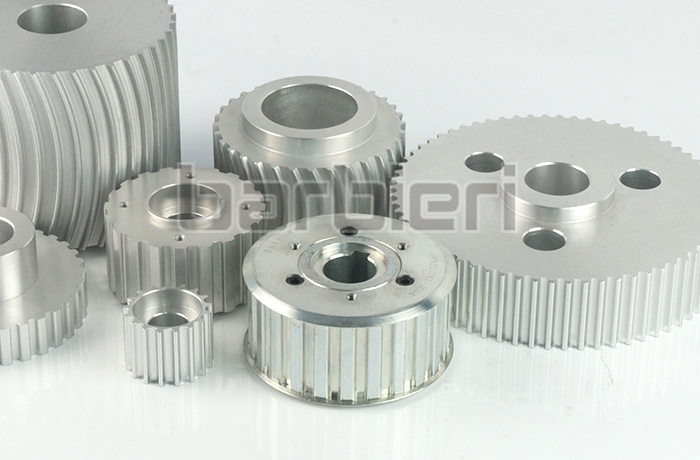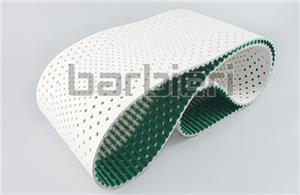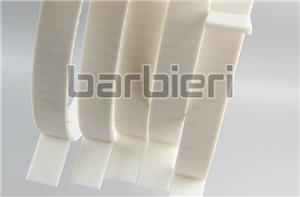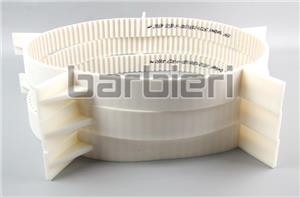How to solve the problem of vibration during timing belt transmission
Timing belt transmission system sometimes has vibration problems, which will not only affect the normal operation of the equipment, but also may cause damage to the equipment and shorten its service life. Vibration may be caused by many factors. We can solve the vibration problem during timing belt transmission and improve the performance and life of the transmission system through the following analysis and measures. At the same time, it is also necessary to pay attention to regular inspection and maintenance of the transmission system to ensure its long-term stable operation.

Analysis of the causes of timing belt vibration:
1. The tooth profile of the timing belt and the timing pulley does not match
If the tooth profile of the timing pulley does not match the timing belt, it will cause irregular meshing during the transmission process, causing vibration.
2. Excessive load
When the load exceeds the design value, the synchronous belt and pulley will be subjected to excessive pressure, resulting in deformation and vibration.
3. The pulley center distance is too long
When the pulley center distance exceeds 8 times the diameter of the small pulley, the leverage effect of the transmission system will be increased, resulting in increased vibration.
4. Improper tension
Too low tension can cause the synchronous belt to slip during the transmission process and produce vibration; while too high tension can cause premature wear of the synchronous belt and pulley, which can also cause vibration.
5. Unbalanced timing pulley
The imbalance of the timing pulley will directly cause vibration during the rotation process.
6. Loose bushings or keyways
Loose bushings or keyways can cause the gap between the transmission components to increase, thus causing vibration during the transmission process.
7. Weak support structure or bracket
Insufficient rigidity of the support structure or bracket can also cause vibration if it cannot effectively support the transmission system.

Measures to correct synchronous belt vibration:
1. Check the compatibility of synchronous belt and synchronous pulley
Make sure that the synchronous belt and synchronous pulley used are fully matched in terms of tooth shape, pitch, etc. to avoid vibration caused by mismatch.
2. Check the horsepower rating or redesign the drive
If the load is too large, it is necessary to evaluate and adjust the horsepower rating of the drive, or redesign the drive to withstand a larger load.
3. Use an inner idler or redesign the drive
For the problem of too long pulley center distance, you can consider adding an inner idler in the transmission system to reduce the transmission ratio and leverage effect, or redesign the drive to shorten the pulley center distance.
4. Adjust the tension to the recommended value
Use tools such as a tension meter to check and adjust the tension of the synchronous belt within the range to ensure the stability of the transmission process and reduce vibration.
5. Replace the timing pulley
For unbalanced synchronous pulleys, they should be replaced with well-balanced synchronous pulleys in time.
6. Reinstall the bushing and synchronous pulley
Ensure that the bushing and synchronous pulley are installed securely and without looseness.
7. Strengthen the structure
Reinforce the support structure or bracket to improve its rigidity and stability and reduce vibration during the transmission process.




